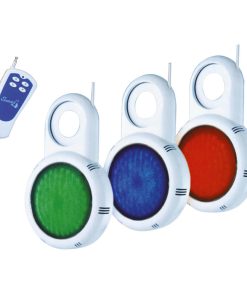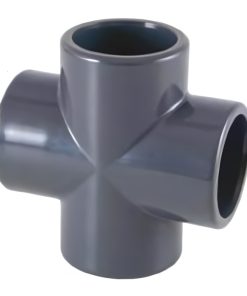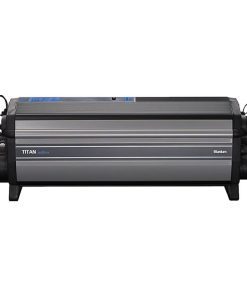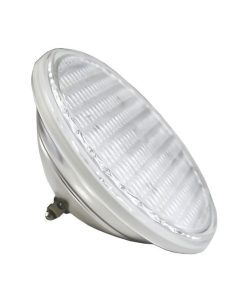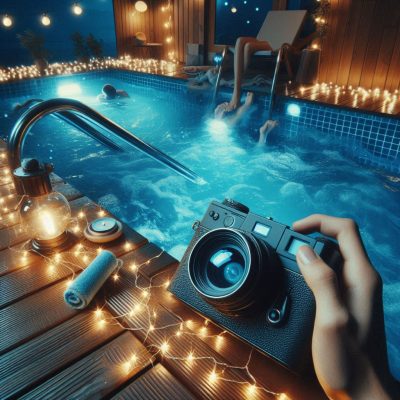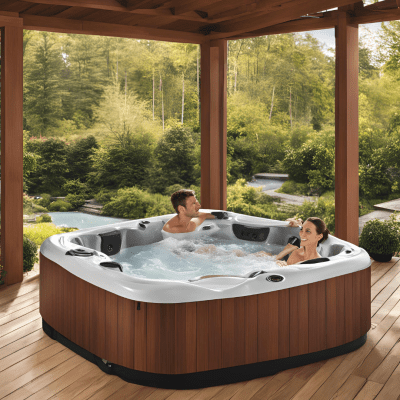Hottub, Swimming Pool
Spa Pool Disinfection: Choosing the Right Method for Your Needs
Spa Pool Disinfection: Choosing the Right Method for Your Needs
The proper water chemistry of spa pools and hot tubs remains crucial because it stops dangerous bacterial growth which ensures safe bathing practices. The disinfection process requires chemical agents to eliminate harmful microorganisms such as *Legionella* and *Pseudomonas*. The Health and Safety Executive (HSE) provides fundamental guidance about proper disinfection methods for spa pool management [20, 21]. This post examines the standard disinfectants used together with methods to achieve effective disinfection results.
When selecting spa pool disinfection methods you need to understand the pros and cons of each solution and select the one that suits your requirements. Hot tub safety depends on effective disinfection methods.
Common Disinfection Methods
Sodium hypochlorite, calcium hypochlorite, and chloroisocyanurates are among the commonly used disinfectants that belong to the chlorine family [22, 23, 38]. The disinfectant works well against various microorganisms although users need to keep it under close observation.
Bromine serves as a chlorine substitute for hot tubs while existing mainly as bromochlorodimethylhydantoin (BCDMH). The disinfectant maintains its effectiveness across a wider range of pH values [24, 25].
Silver Stabilized Hydrogen Peroxide (SSHP) presents an increasingly popular choice which unites hydrogen peroxide with silver to deliver wide antimicrobial action. The treatment solution requires no pH modifications [25].
Ozone functions as a strong oxidizing agent which disinfects water and operators frequently combine it with chlorine or bromine as residual disinfectants [39].
Ultraviolet (UV) Light functions to deactivate waterborne microorganisms although additional disinfection methods need to be applied. The disinfecting power of UV light exists only where it is used directly [40].
Key Considerations When Choosing a Disinfectant
The selected disinfectant needs to eliminate a wide range of bacteria including *Legionella* and *Pseudomonas*.
Some disinfectants demonstrate better effectiveness within specific pH ranges. The selected disinfectant needs to operate effectively at your spa’s normal pH range (7.0-7.6) [19].
Ease of Use: Consider the ease of application, dosing, and monitoring, especially for domestic spa pools [21].
Safety: All chemical handling must follow the manufacturer’s storage instructions to avoid accidents from spills and contamination [41, 42].
Compatibility: The disinfectant needs to be safe for use with your spa system materials and components [29].
Chlorine
Chlorine exists as a budget-friendly product which is widely accessible in the market. The disinfectant exists in two primary forms: sodium hypochlorite (liquid) and calcium hypochlorite (granules/tablets). The disinfectant trichloroisocyanuric acid belongs to the chloroisocyanurates group. Maintaining free chlorine residual at 3-5 mg/l will ensure effective disinfection [20]. The disinfectant requires constant monitoring because it responds negatively to sunlight exposure and organic substances and water environment factors [21].
Bromine
Hot tub operators select bromine because it maintains its disinfecting properties at pH levels that chlorine cannot handle. The main available bromine product exists in the form of BCDMH tablets. Bromine creates fewer unpleasant odors which leads to reduced eye and skin discomfort [20]. Total active bromine levels should be between 4 and 6 mg/l [20].
Other Options
Silver stabilized hydrogen peroxide has gained popularity as a disinfectant which provides broad-spectrum antimicrobial action with minimal pH impact. The application of ozone and UV light requires a secondary disinfectant as these systems do not function independently [39, 40]. You should follow the instructions provided by manufacturers because they provide the correct guidelines for use.
FAQs
What is the best disinfectant for a spa pool?
The most effective disinfectant selection depends on specific requirements and setup configurations but chlorine and bromine remain popular choices alongside SSHP as an increasing alternative [22-25].
Which choice should I make between bromine and chlorine disinfection systems?
Hot tubs benefit from bromine since it maintains stability at elevated pH values. Chlorine is more widely available and cost-effective. The choice between bromine and chlorine depends on your specific requirements [20, 24]What is the correct disinfectant level for spa water?
The Free chlorine needs to stay between 3-5 mg/l and the total active bromine between 4-6 mg/l [20].
How often should I add disinfectant to my spa pool?
The disinfectant needs regular addition to preserve proper levels and spa pools operating in busy conditions should receive daily disinfection. You must check water at least daily to confirm correct level measurements [17, 18].
Can I mix different disinfectants?
Different disinfectants should never be mixed together because their reaction can generate unsafe byproducts. The manufacturer provides instructions which must be followed for all disinfectant use [41, 42].
Your spa pool safety depends on your ability to select appropriate solutions among the options available.


